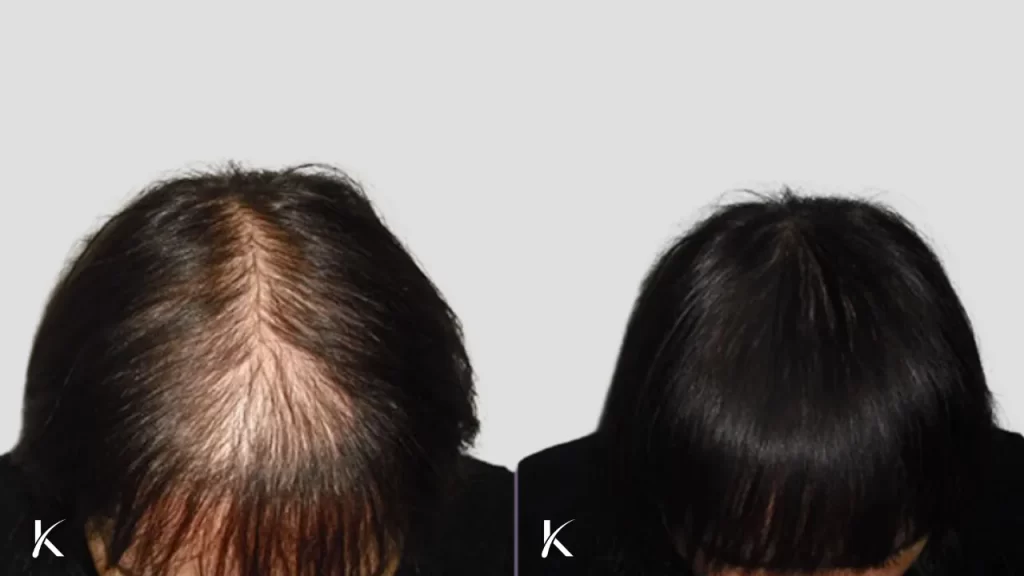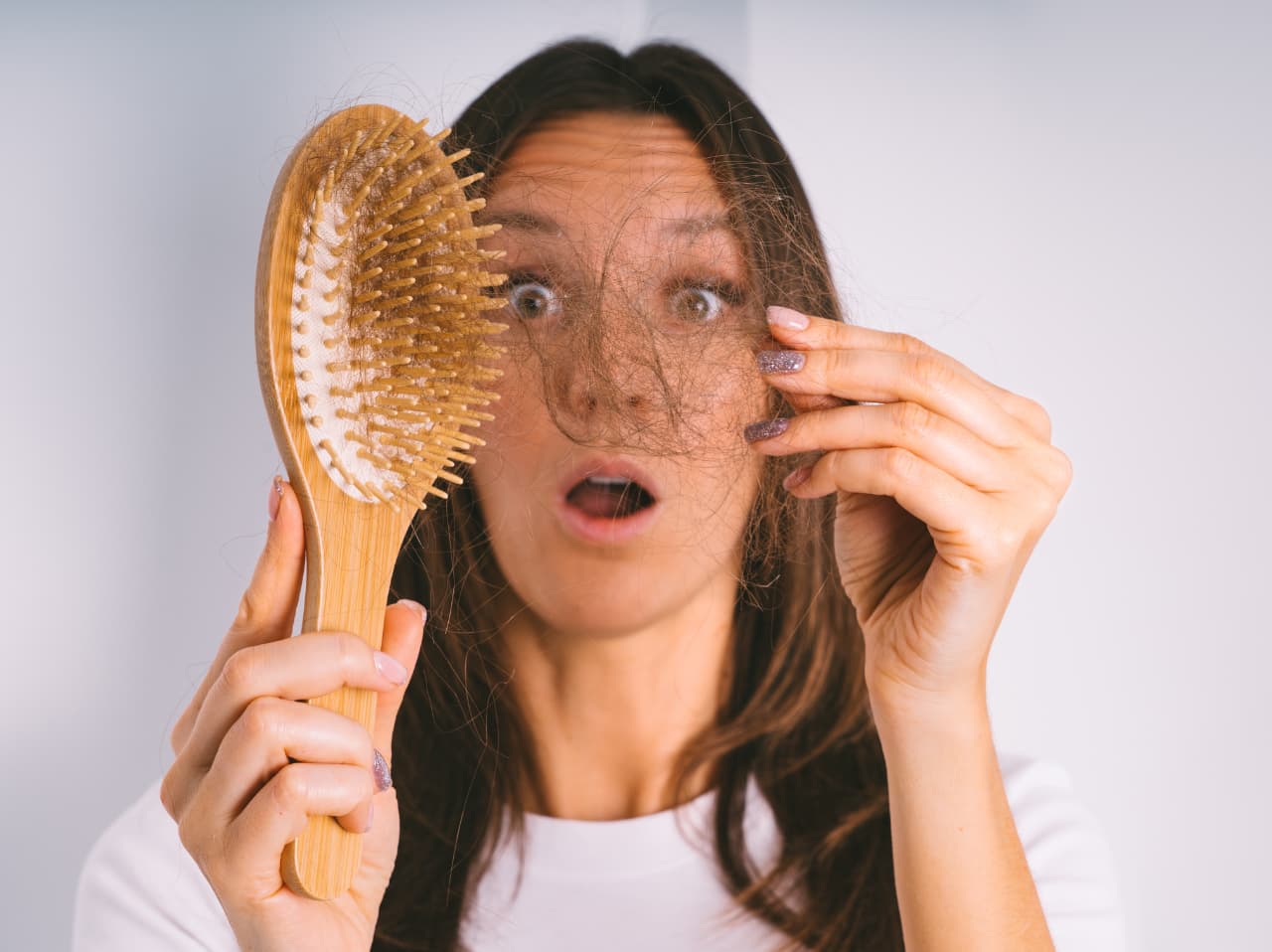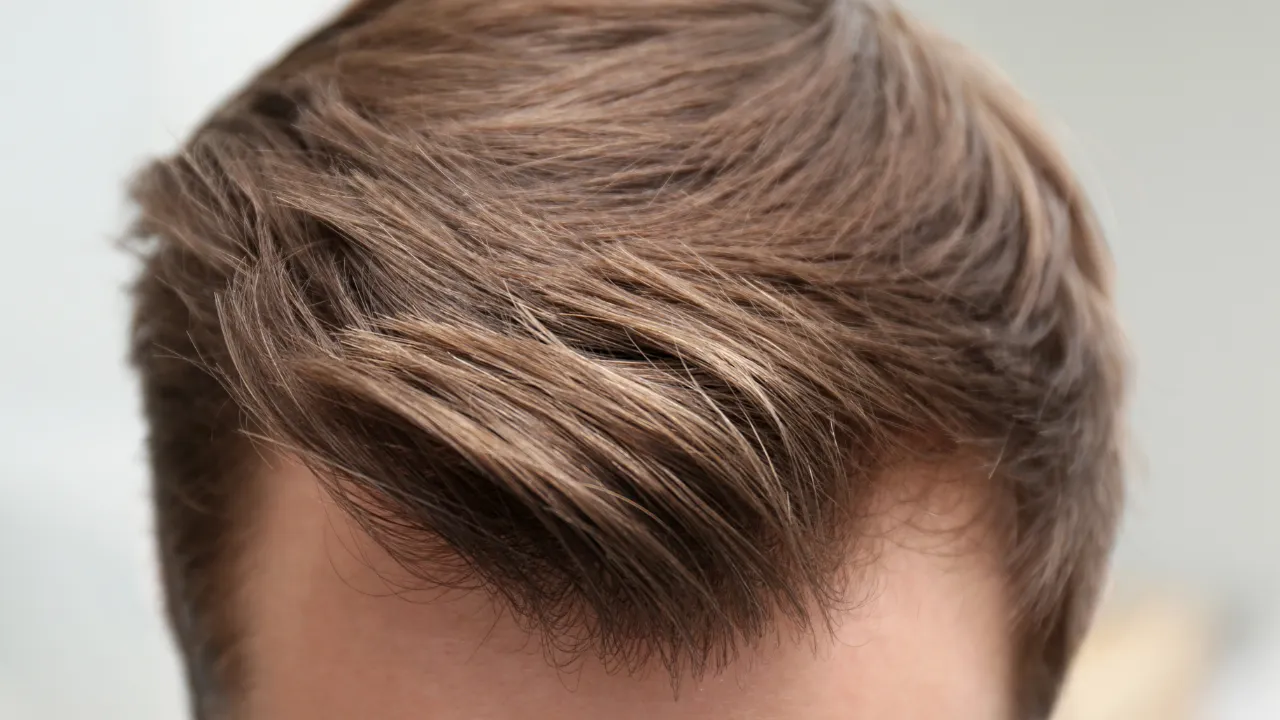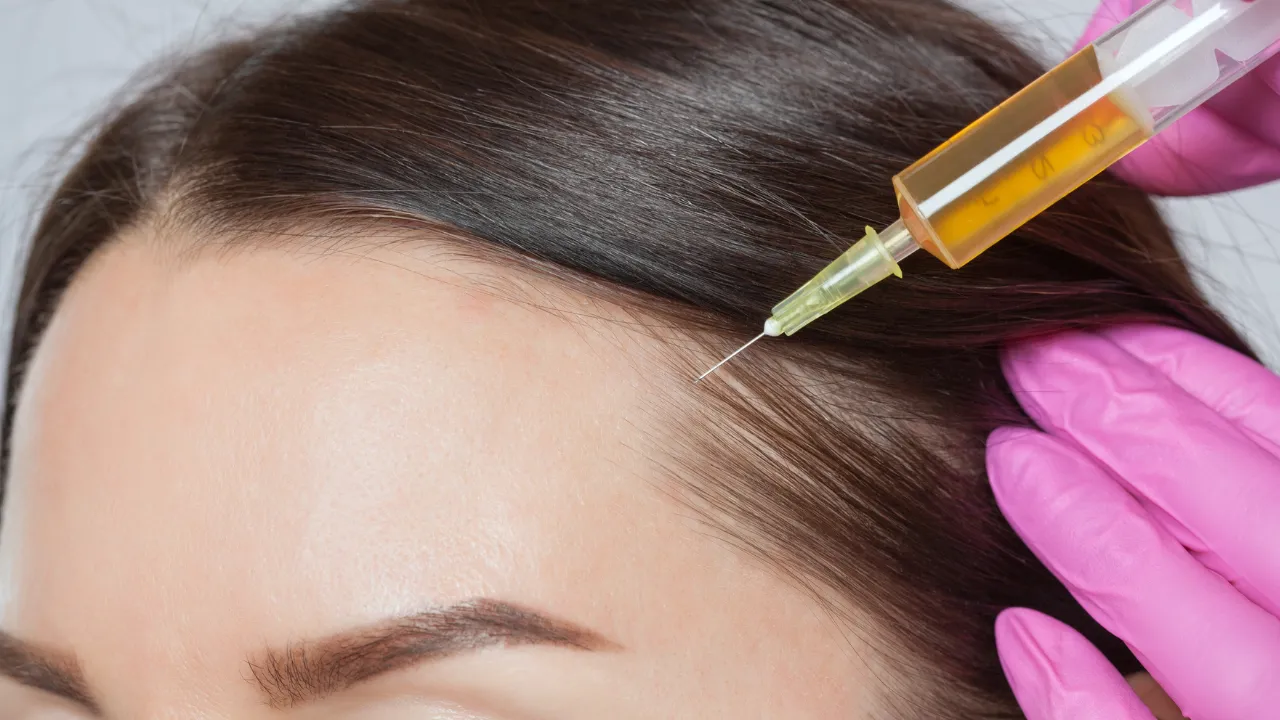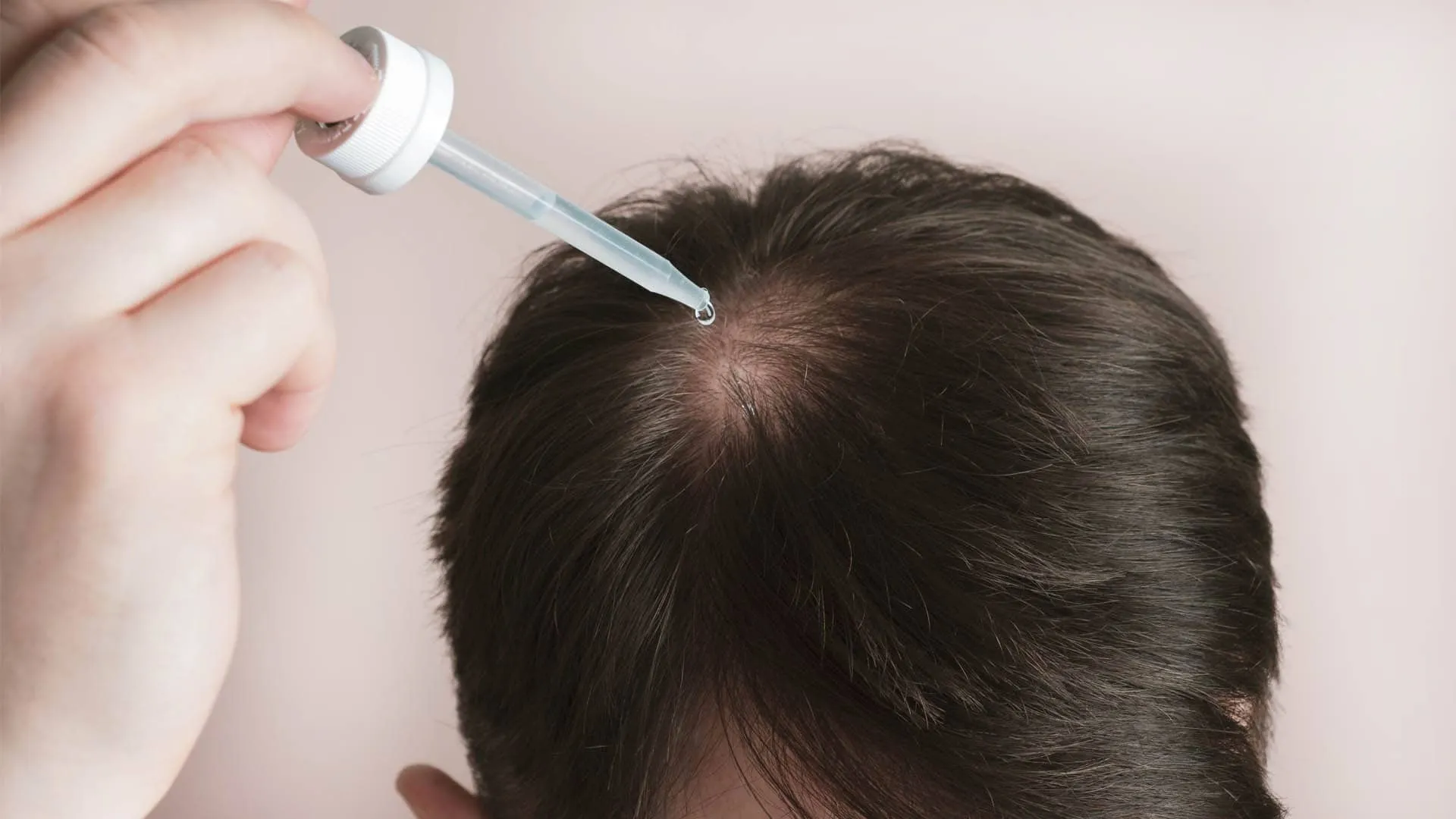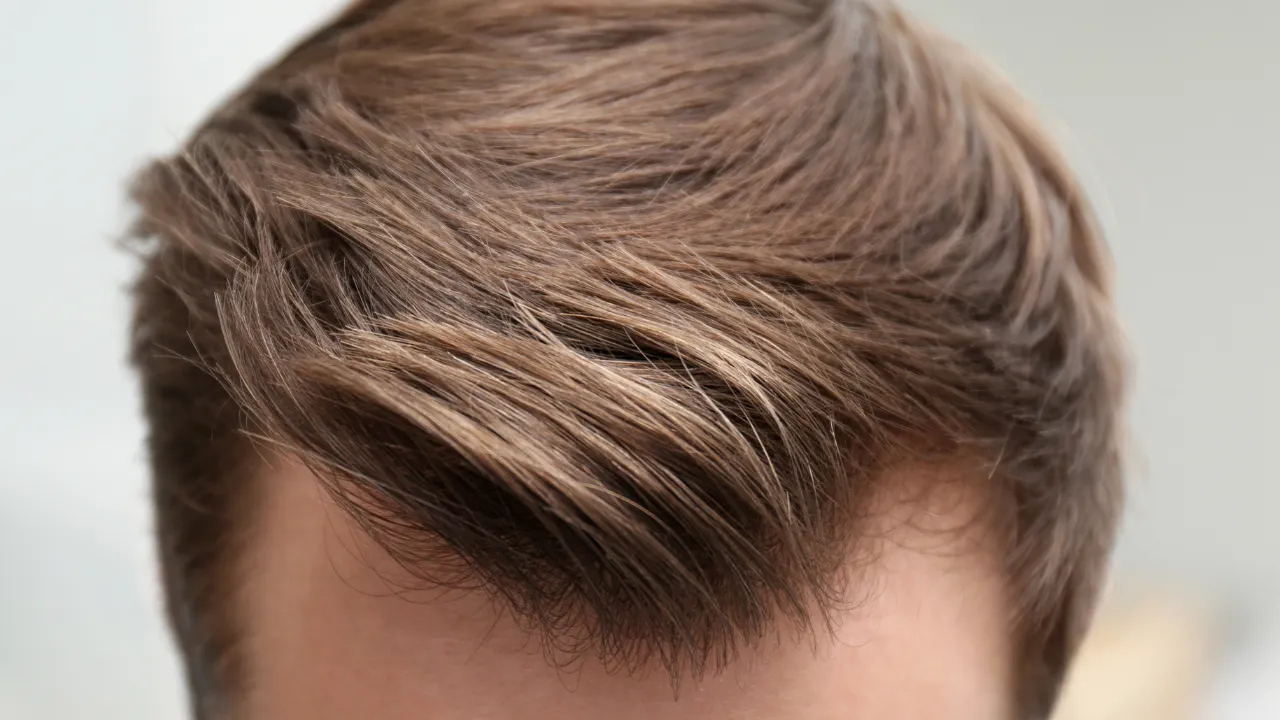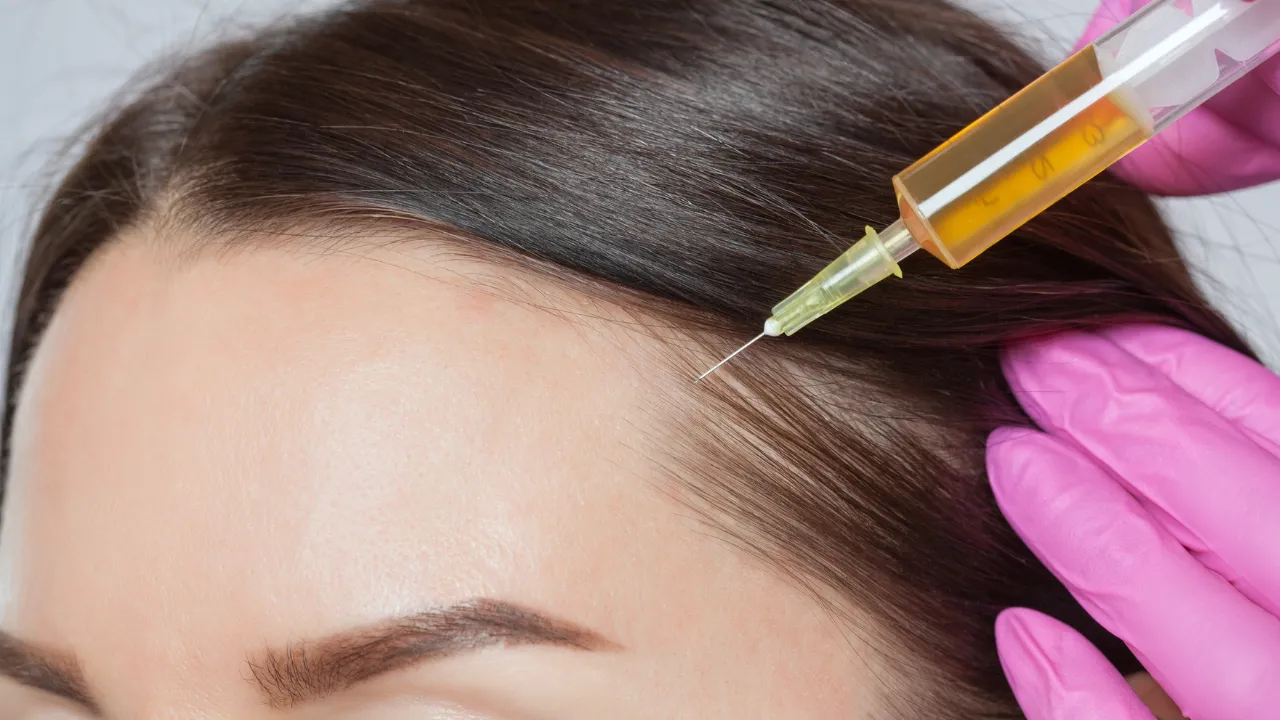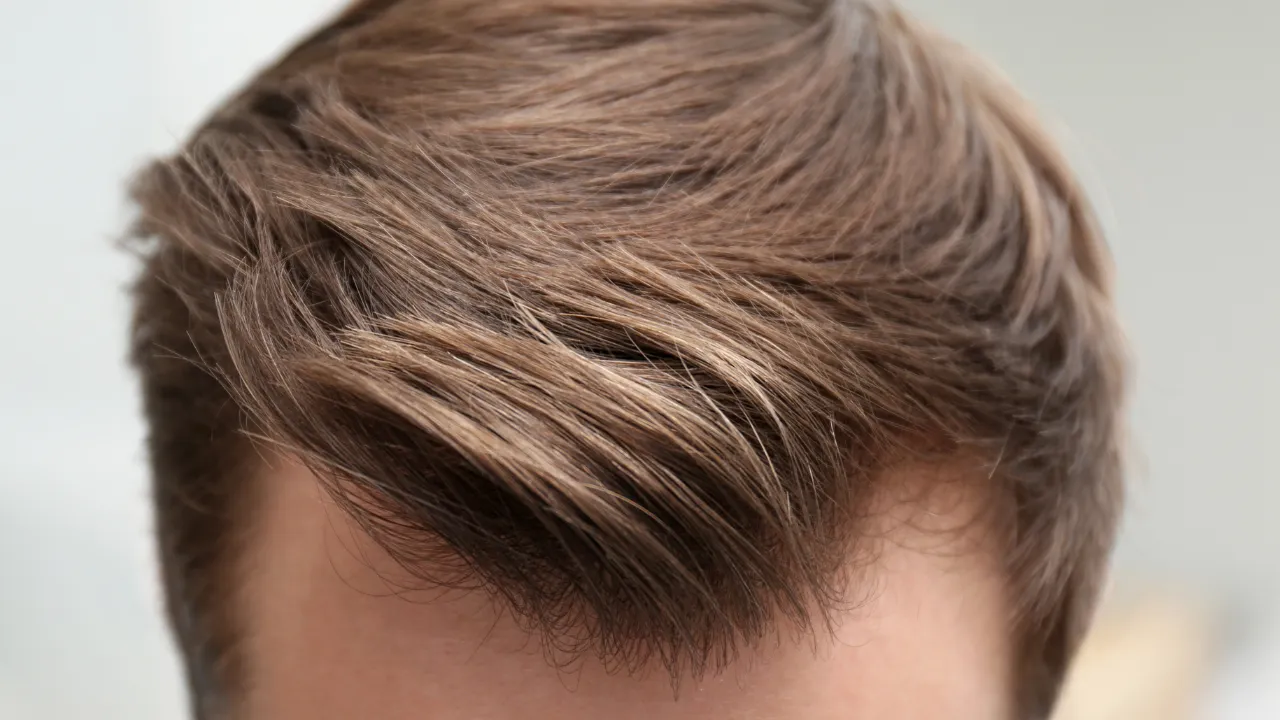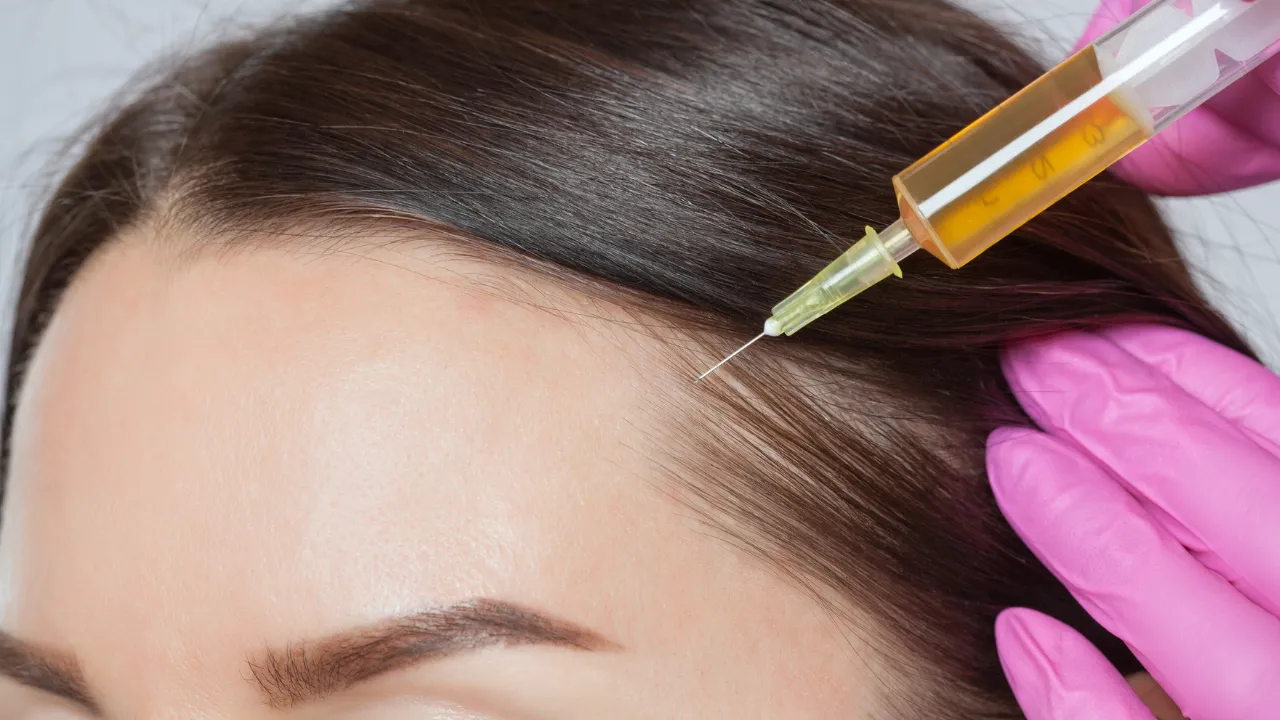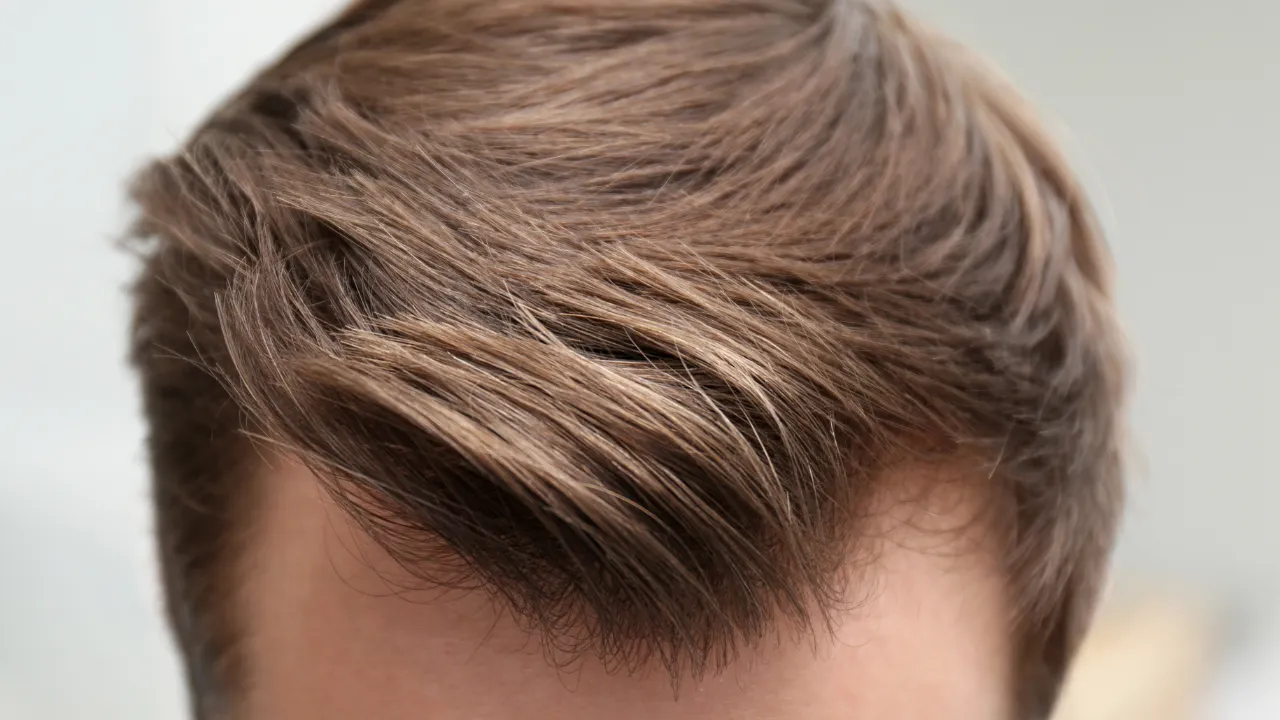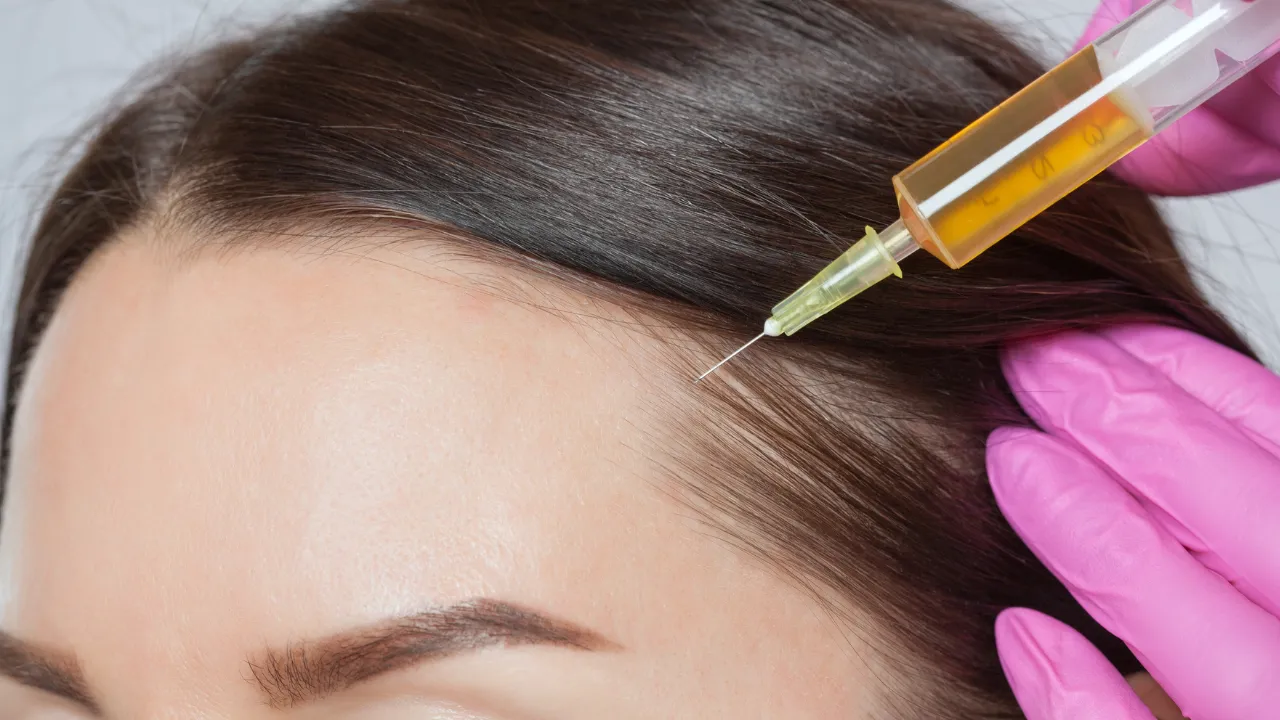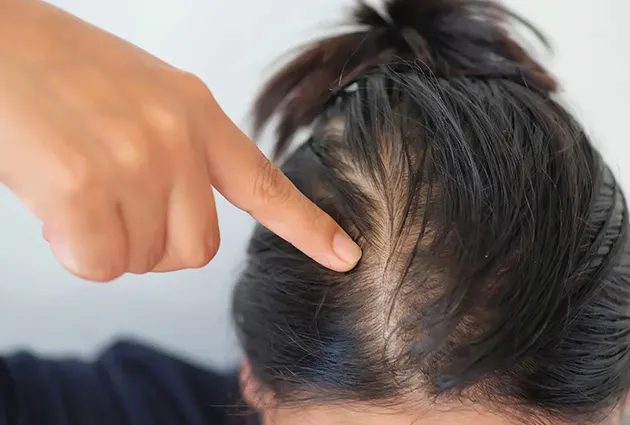Table of Contents
ToggleKopelman Hair offers hair restoration for women, helping those with hair loss in women caused by different conditions. Whether from androgenetic alopecia, traction alopecia, or other medical conditions, women with receding hairlines or thinning hair can benefit from a female hair transplant.
Understanding Hair Loss in Women
Women experience hair loss differently than men. Instead of bald spots, they often notice thinning across areas of the scalp. The main causes are female pattern hair loss, hormones, or external stress. Androgenetic alopecia runs in families, while traction alopecia happens from tight hairstyles pulling on the hair.
Health issues like medical conditions can also trigger hair loss. Before choosing a hair transplant procedure, it’s important to find the cause. A consultation with hair transplant surgeons can help decide if a hair replacement for women is the right option.
For women with fine hair, understanding the best transplant techniques is crucial. Our guide on hair transplants for fine hair provides in-depth insights into achieving natural results.
Are Hair Transplants Effective for Women?
Yes, hair transplant procedures work well for women with thinning or patchy hair loss. Women usually have a strong donor area, allowing for successful hair transfer. The results depend on hair density, donor hair, and overall health.
Female Hair Transplant Success Rate
Most women see hair regrowth in six to twelve months. Transplanted follicles are permanent since they resist hormones that cause hair loss. Keeping healthy hair with proper care ensures long-term success.
Before and After Results – What to Expect
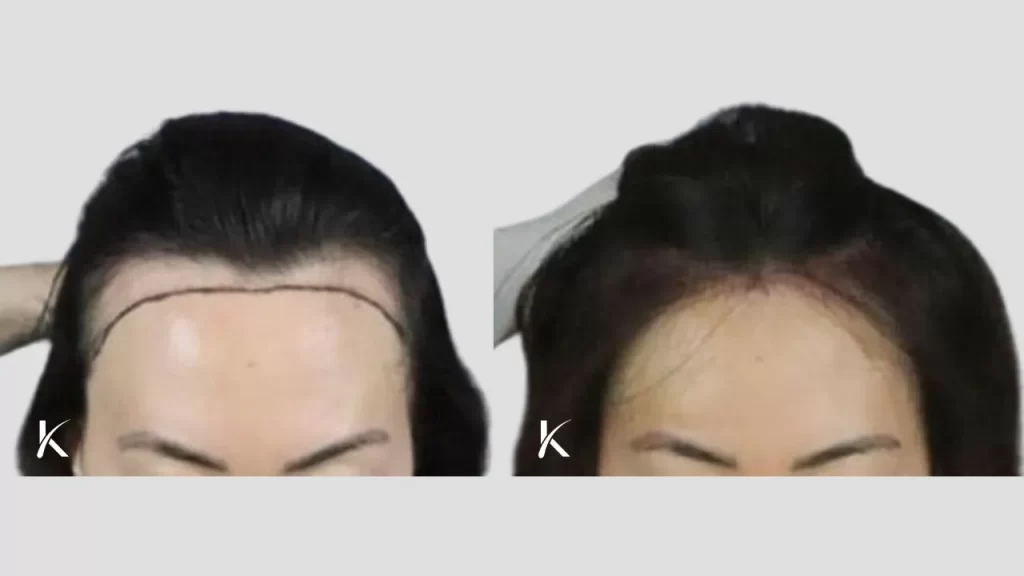
New transplanted follicles may shed at first, but growth starts soon after. Full hair restoration for women usually takes about a year, bringing back thickness and volume.
Feel free to take a look at our Female Before and After Hair Transplant Gallery.
Who is a Good Candidate?
Not all women qualify for a hair transplant. Hair transplant surgeons check hair density, scalp condition, and donor area availability.
Key Factors for Hair Transplant Eligibility
- Type of Hair Loss: Women with female pattern hair loss or localized thinning benefit the most.
- Strong Donor Hair: Enough healthy hair is needed for a successful transplant.
- Medical History: Any medical conditions should be under control before surgery.
Consultation and Medical Evaluation
A meeting with Dr. Kopelman helps create a custom plan. The consultation includes scalp analysis, treatment options, and setting realistic goals.
Women with a high female hairline may also consider hairline-lowering surgery. Our detailed article on correcting a high female hairline explains the process and expected outcomes.
Hair Transplant Options for Women
FUT vs. FUE – Choosing the Right Method
There are two main types of hair transplant procedures:
- Follicular Unit Extraction (FUE): Donor hair is taken one by one and placed in thinning areas. It leaves no visible scars and heals faster.
- Follicular Unit Transplantation (FUT): A strip of donor hair is removed, and hair follicles are transplanted. FUT is best for larger areas.
Hair Transplant for Women Without Shaving
Females often prefer hair surgery for women that does not require shaving. Unshaven FUE allows hair transfer while keeping long hair intact.
Hair Plugs for Women – Are They Still Used?
Old-style hair plugs for women are outdated. FUE and FUT now give natural results without the “pluggy” look.
Comparing Hair Transplants for Men vs. Women
While the technique is similar, hair replacement for women differs from men’s procedures in key ways.
Key Differences in Hair Loss Patterns
Men typically develop bald spots, while hair loss in women often leads to diffuse thinning across areas of the scalp.
Why Women Require a Different Approach
- Donor hair placement must match the natural density.
- Many women prefer unshaven FUE to keep long hair intact.
- Women’s hormonal hair loss requires a personalized plan to prevent future thinning.
Hair Transplant Procedure & Recovery
For a detailed month-by-month hair transplant recovery timeline, check out our comprehensive guide for men. While the article focuses on male recovery, many of the same healing stages apply to female hair transplant patients as well.
Step-by-Step Process
- Hair Removal: Hair is taken from the donor area.
- Preparation: Transplanted follicles are cleaned and sorted.
- Implantation: The hair is placed in thinning areas, matching natural growth.
Recovery Timeline and Aftercare
- Week 1: Mild swelling and redness.
- First Month: Temporary shedding may happen before hair regrowth begins.
- 6-12 Months: Full hair restoration is complete.
How Long Do Hair Transplants Last for Women?
A well-done hair transplant procedure lasts a lifetime. Good hair care and medical treatments can help keep the results looking natural.
Alternatives to Hair Transplant for Women
Ladies Hair Replacement and Non-Surgical Options
Some women choose ladies hair replacement instead of surgery. Options include:
- Minoxidil: Helps boost hair regrowth.
- PRP Therapy: Uses platelets to strengthen hair density.
- Scalp Micropigmentation: Creates the look of fuller hair.
Combining Treatments for Better Results
For the best hair restoration, women can mix hair transplant procedures with other treatments.
How to Maintain Results After a Hair Transplant
A hair transplant for women is an investment in long-term hair regrowth. Proper aftercare ensures the best results.
Best Hair Care Practices for Transplanted Hair
- Be gentle: Avoid harsh brushing or pulling on new transplanted follicles.
- Use mild shampoos: Chemical-free products help maintain healthy hair.
- Protect your scalp: Avoid direct sun exposure for the first few months.
Foods and Supplements That Support Hair Regrowth
Eating a balanced diet rich in protein, iron, and biotin promotes strong hair follicles. Supplements like zinc and vitamin D can also boost hair restoration results.
When to See a Doctor for Additional Treatments
If you notice slow hair regrowth or continued thinning in non-treated areas, consult hair transplant surgeons for maintenance options like PRP therapy or medications to support donor hair strength.
Hair Transplant for Women Cost – What to Expect
Factors That Affect Pricing
Costs vary based on:
- Procedure Type: FUE is usually more expensive than FUT.
- Graft Number: More hair grafts mean a higher cost.
- Doctor’s Experience: Skilled hair transplant surgeons may charge more.
Average Cost Breakdown
Prices for a female hair transplant range from $15,000 to $25,000, depending on treatment needs.
Is Hair Restoration Worth the Investment?
A hair replacement for women improves both appearance and confidence. When done by experts, hair restoration for women gives lasting, natural-looking results.
Kopelman Hair is a trusted leader in female hair transplant solutions, helping women restore fuller, healthier hair. With advanced techniques and personalized care, achieving hair regrowth is possible with expert guidance.
This father-son team brings over 35 years of combined experience in hair restoration, specializing in personalized treatments for each client. Dr. Kopelman’s expertise can help you find the right solution tailored to your unique needs.
Schedule a consultation today to explore your options and take the first step towards achieving your hair goals.
Female Hair Transplants FAQs:
Do Hair Transplants Work for Women with Thinning Hair?
Yes! Women with female pattern hair loss or localized thinning can benefit from hair restoration for women. Unlike wigs or temporary solutions, a hair transplant procedure moves healthy hair to thinning areas for natural, permanent results.
Will My Transplanted Hair Look Natural?
Modern techniques like FUE and FUT ensure that transplanted follicles blend seamlessly with existing hair. With proper hair density planning and placement, the results look completely natural.
Do Hair Transplants Hurt?
The procedure is done under local anesthesia, so you won’t feel pain. Mild discomfort or tightness is normal after surgery, but most patients manage it with prescribed pain relief.


